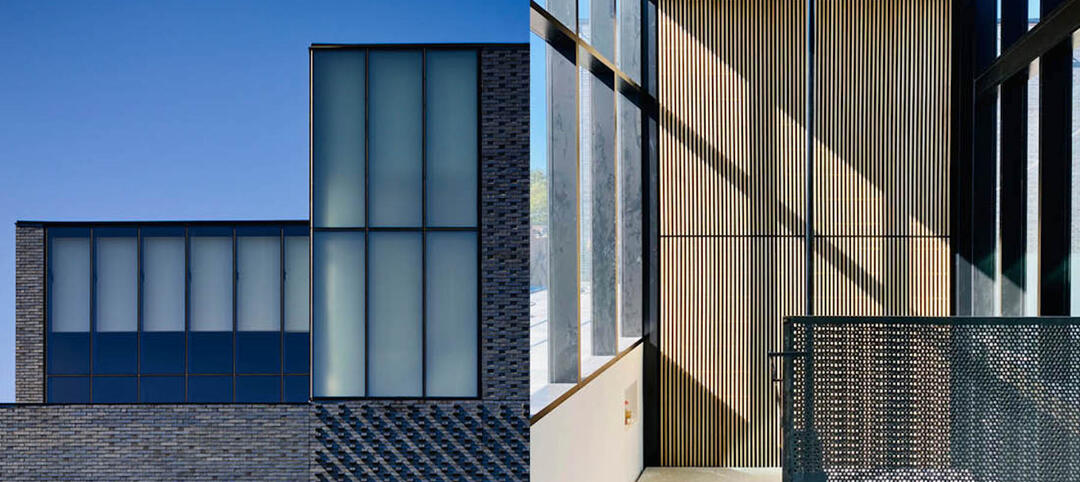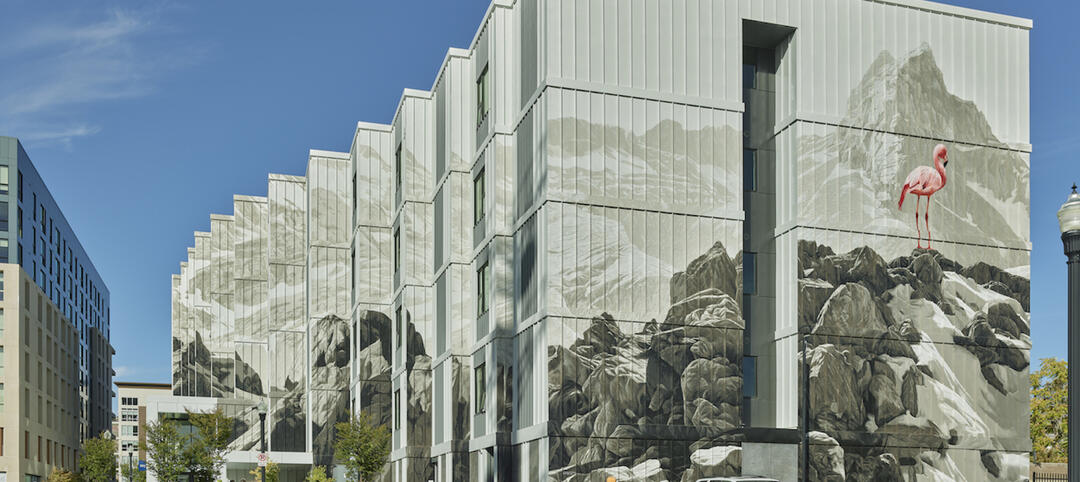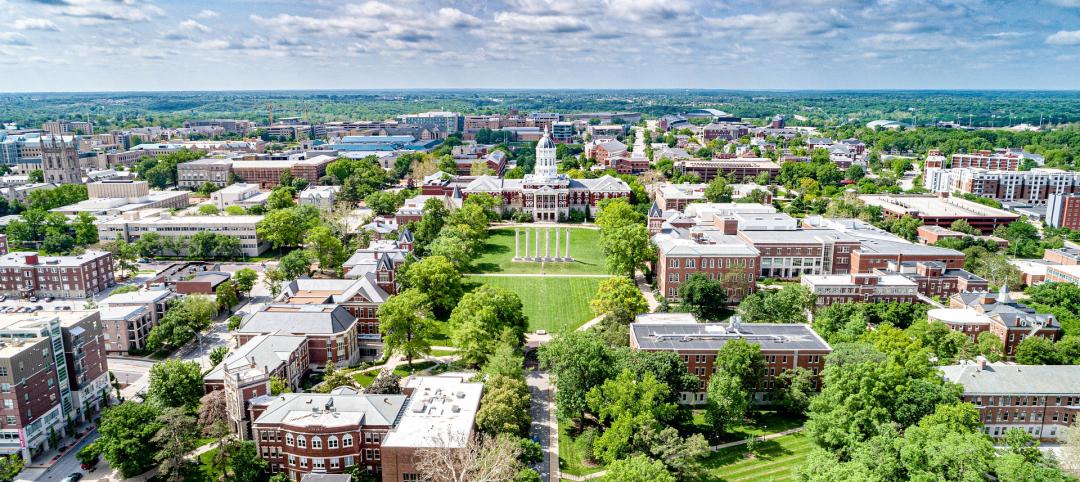November 2, 2010—Local and state building code officials last week approved a package of revisions to the commercial section of the 2012 International Energy Conservation Code (IECC) that represent the largest single- step efficiency increase in the history of the national, model energy. The changes mean that new and renovated buildings constructed in jurisdictions that follow the 2012 IECC will use 30 percent less energy than those built to current standards.
Attendees voted nearly unanimously on a series of proposals to effect the change at the International Code Council’s (ICC) final action hearings held in Charlotte, North Carolina, October 27-31, 2010. The improvements were part of a major comprehensive proposal submitted jointly by New Buildings Institute (NBI), The American Institute of Architects (AIA), and the U.S. Department of Energy (DOE) that addresses measures such as cooling, lighting, quality assurance and renewable energy standards. Several other key proposals that contribute to the savings were approved independently.
The comprehensive proposal is largely based on NBI’s Core Performance protocol, a direct approach to achieving energy savings in commercial buildings. Utilities and public benefits administrators in six states and two Canadian provinces have adopted Core Performance as part of their voluntary efficiency program offerings.
“Increasing the efficiency of commercial building energy codes provides the best opportunity to bring about significant savings and helps move us along the path toward low-energy commercial buildings,” said Dave Hewitt, NBI executive director.
“The often contentious process of developing codes was largely avoided in this case because of the extensive outreach and collaboration that was undertaken to gain industry support for the proposals. As a result, we were able to successfully resolve differences prior to the hearings and put forward our best option for consideration,” Hewitt said.
“The overwhelming support we saw during the votes tells us the marketplace is ready for these practical, feasible and affordable improvements,” said Jessyca Henderson, AIA, director of sustainability advocacy at the AIA. “The nation’s code officials are to be commended and congratulated for seizing this historic opportunity to move the country toward more efficient buildings and help us build an economy that is less reliant on fossil fuels—now and into the future,” she said.
Computer modeling of the 2012 IECC shows more than 30 percent better energy efficiency on average than the ASHRAE 90.1-2004 model code, and payback periods on the new code measures are estimated at less than seven years depending on climate and building type. The energy savings in the 2012 IECC meet national calls from Congress, the Secretary of Energy and industry leaders to improve the efficiency of commercial buildings by 30 percent. In addition, the 2012 IECC will serve as the baseline standard for the International Green Construction Code (IGCC) currently under development.
The 2012 IECC contains many important, first-ever technical features including a new section on commissioning, pathways to use daylighting, and options for the use of on-site renewable energy. It will be published in April 2011 for adoption by state and local agencies.
New Buildings Institute is a nonprofit organization working collaboratively with commercial building professionals and the energy industry to promote better energy performance in buildings, including advocating for advanced design practices, improved technologies, public policies and programs that improve energy efficiency. Visit www.newbuildings.org.
For over 150 years, members of The American Institute of Architects have worked with each other and their communities to create more valuable, healthy, secure, and sustainable buildings and cityscapes. By using sustainable design practices, materials, and techniques, AIA architects are uniquely poised to provide the leadership and guidance needed to provide solutions to address climate change. AIA architects walk the walk on sustainable design. Visit www.aia.org.
Related Stories
| Sep 1, 2022
ABC: Nonresidential Construction Spending Increases by a Modest 0.8% in July
National nonresidential construction spending increased 0.8% in July, according to an Associated Builders and Contractors analysis of data published today by the U.S. Census Bureau.
| Sep 1, 2022
The University of Iowa opens the new Stanley Museum of Art, a public museum for both discovering and teaching art
The University of Iowa recently completed its new Stanley Museum of Art, a public teaching museum designed by BNIM.
| Aug 31, 2022
A mixed-use development in Salt Lake City provides 126 micro units with mountain views
In Salt Lake City, a new 130,000-square-foot development called Mya and The Shop SLC, designed by EskewDumezRipple, combines housing with coworking space, retail, and amenities, as well as a landscaped exterior for both residents and the public.
Mass Timber | Aug 30, 2022
Mass timber construction in 2022: From fringe to mainstream
Two Timberlab executives discuss the market for mass timber construction and their company's marketing and manufacturing strategies. Sam Dicke, Business Development Manager, and Erica Spiritos, Director of Preconstruction, Timberlab, speak with BD+C's John Caulfield.
Giants 400 | Aug 29, 2022
Top 80 Senior Living Facility Architecture + AE Firms for 2022
Perkins Eastman, Hord Coplan Macht, Ryan A+E, and Stantec top the ranking of the nation's largest senior living facility architecture and architecture/engineering (AE) firms for 2022, as reported in Building Design+Construction's 2022 Giants 400 Report.
Giants 400 | Aug 29, 2022
Top 70 Student Housing Facility Architecture + AE Firms for 2022
Niles Bolton Associates, Mithun, Gensler, and Perkins and Will top the ranking of the nation's largest student housing facility architecture and architecture/engineering (AE) firms for 2022, as reported in Building Design+Construction's 2022 Giants 400 Report.
| Aug 29, 2022
Montana becomes first U.S. state to approve 3D printing in construction
Montana is the first U.S. state to give broad regulatory approval for 3D printing in building construction.
Giants 400 | Aug 29, 2022
Top 175 Multifamily Sector Architecture + AE Firms for 2022
Perkins Eastman, Solomon Cordwell Buenz, KTGY, and Gensler top the ranking of the nation's largest multifamily sector architecture and architecture/engineering (AE) firms for 2022, as reported in Building Design+Construction's 2022 Giants 400 Report. Note: This ranking includes all multifamily sector work, including apartments, condos, student housing, and senior living facilities.
| Aug 26, 2022
Idaho Building Code Board considers gutting large part of state energy code
Idaho Building Code Board considers gutting large part of state energy code.
Multifamily Housing | Aug 25, 2022
7 things to know about designing for Chinese multifamily developers
Seven tips for designing successful apartment and condominium projects for Chinese clients.
















